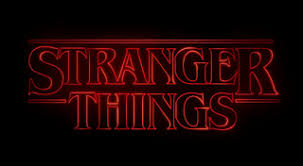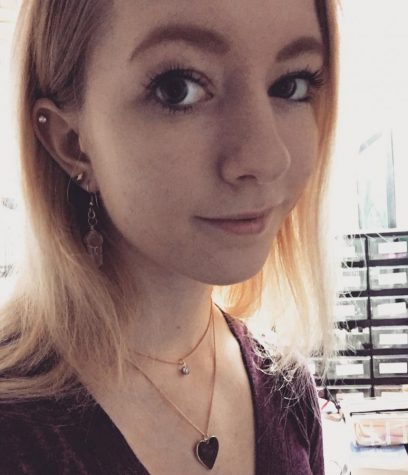Things get Stranger in ‘Stranger Things’ Season Two

November 6, 2017
The Duffer Brothers upped the hype for Halloween by dropping the second season of Netflix’s Stranger Things on Oct. 27.
The first season of the science-fiction horror show taking place in the mid-1980s hit the web like fire, carrying a nuanced sense of mystery and nostalgia for a simpler time. The ambiguous end garnered high demand for a continuation, and I’m happy to say that the second installment lived up to the bar set by its predecessor.
The show picks up one year after the end of the first season; Eleven remains missing, Nancy and Steve continue to struggle with the loss of Barb, Joyce becomes naturally protective of her previously lost son Will, and a new and frightening force even larger than the Demogorgon looms over Hawkins.
This season branched outward from the scope set up in the first installment, and although this brave choice worked for the most part, I found myself missing the small-town feel that permeated the original eight episodes. With additions to the soundtrack’s repertoire venturing from the synth-dominated allusions to ‘80s classics into music written by other artists from the time, the nostalgia that lingered in the background elicited by Stein and Dixon’s songs became rarer. Although I value the step away from what worked in the past, the scope felt a bit too large, with subplots and new settings left unexplored and unresolved. However, this isn’t to say that the show didn’t live up to the standard set by its forebear. My expectations were far more than met, with the mystery and excitement that steeped season one continuing in equal amounts.
With natural dialogue sustaining believability even in the strangest of situations, the Duffer Brothers’ writing continues to impress. The emotions between characters was heightened as new relationships and conflicts flourished under the pervasive threat to both the protagonists and their community as a whole. Until episode seven, the show maintained the subtlety and realistic interactions that made residents of Hawkins feel real. Somewhere in the midst of the swiftly broadening scale of the plot (or potentially because of it), the characters ceased to feel quite like themselves. The dialogue suffered under the sensationalized additions to the script. I feel positive that to many viewers, this will not be a detriment — movies seem to continue to get more and more saturated as the years progress, and audiences eat it right up. However, it distanced the show from the cult-classic history it took inspiration from.
No matter how fast 2017 may seem to have gone by, it has been an entire year, and if nothing else, the young actors’ performances show the benefits of it. Millie Bobby Brown, Finn Wolfhard, and the rest of the middle school-aged cast delivered stunning performances in the first season, demonstrating ability inspiring from thespians so young. Their talent and mastery has only increased with the passage of time, rendering characters at once believable and quirky enough to be charming. The high school-aged counterparts to the preteen protagonists created character development that keeps the viewer on the edge of their seat. Winona Ryder and David Harbour continued their roles as foils for the dilemmas faced by the show’s younger characters to great success, providing logic and an appropriate amount of concern in the face of the dangers haunting their town. That all isn’t to mention the new additions to the show: Sadie Sink and Sean Astin, among others, fit into the show naturally and added fresh dynamics to keep the plot from tiring itself out.
Season two of Stranger Things filled the shadow cast by its predecessor to delightful success, suffering only minimally from the ripples of its fame. I would highly recommend it as a nostalgic revisit to the sci-fi horror genre that dominated the ‘80s.


